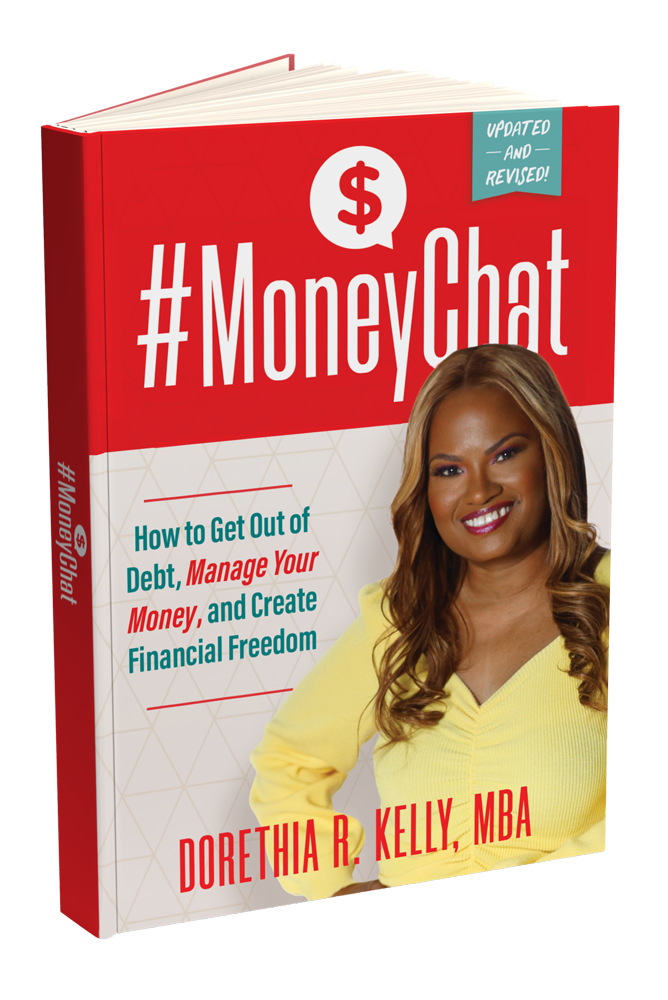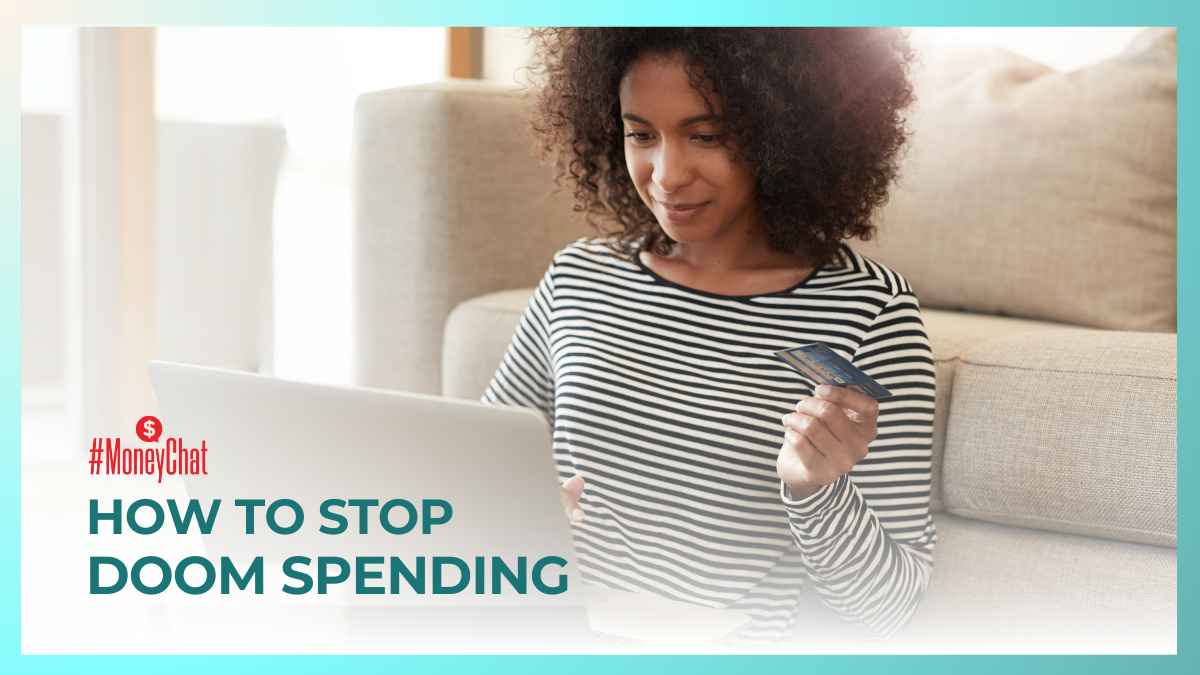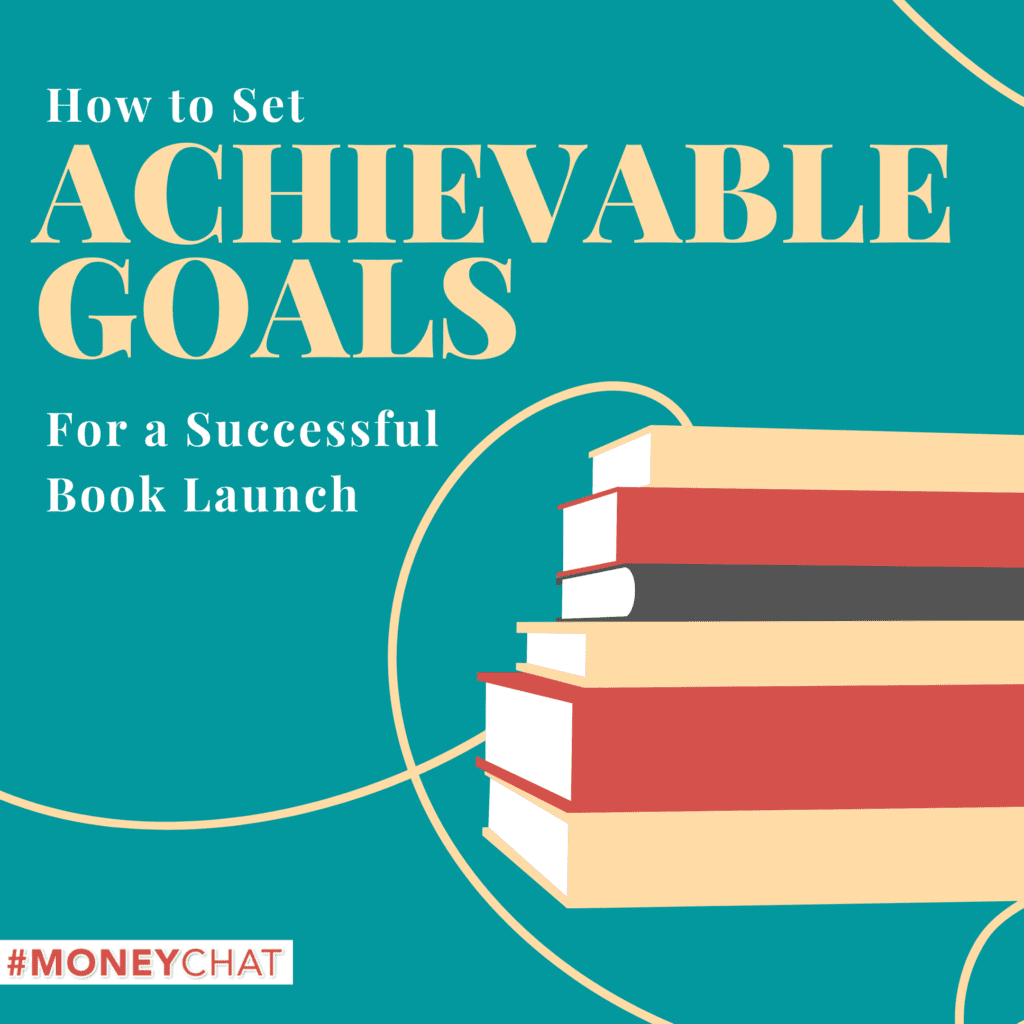In today’s fast-paced world, financial anxiety is all too common, especially among hardworking adults. The economy has been shaky these past few years, interest rates have been all over the place, and you’ve probably had to do a double-take when looking at your grocery bill at times. Enter doom spending.
Picture this. You’ve had a rough day, maybe the boss yelled at you, your kids are driving you up the wall, or the news just seems endlessly bleak. So what do you do? You reach for your phone, open up your favorite shopping app, and suddenly find yourself buying a bunch of stuff you don’t need. A cute candle here, a new kitchen gadget there, maybe even a cozy blanket. And boom. You’ve just engaged in doom spending. You can probably already see how this can become a financial issue now and in the future. But let’s talk about it.
What is Doom Spending?
Doom spending is when stress, anxiety, or negative emotions trigger you to spend money impulsively. It’s a way to soothe those bad feelings in the moment, but it often leads to buyer’s remorse, regret, and oftentimes even debt. The name comes from the sense of doom many people feel—whether it’s from personal struggles or global issues—and turning to shopping as a temporary escape.
According to a survey by Credit Karma, nearly 43% of millennials and 35% of Gen Z admitted that doom spending makes themselves feel better. While a little retail therapy here and there might seem harmless, doom spending can become a vicious cycle if it’s how you constantly cope with stress. And let’s be real: That cozy blanket won’t fix your bad day at work or make the news less stressful.
Doom spending differs from retail therapy though in that people who doom spend often do from a place of defeat. Maybe they feel like the economy will never recover, they won’t ever be able to buy a home, or that money has been so tight and all their emergency savings are gone. So, might as well go to brunch every weekend or spend money on that new gadget someone shared on social media. Since it can’t get any worse, right?
Wrong. In fact, doom spending stems from unhealthy coping methods and can get you addicted to dangerous irresponsible financial habits.
How to Stop Doom Spending
The good news? You can break the doom-spending cycle. Here are some practical tips to help you curb those impulsive purchases when stress starts creeping in.
1. Identify Your Triggers
The first step to stopping doom spending is understanding why it happens. Is it work stress? Feeling overwhelmed with family obligations? Boredom? By pinpointing your triggers, you can start finding healthier ways to cope.
For example, if work stress pushes you to shop, maybe a 10-minute walk or a quick journaling session can help you clear your mind instead of reaching for your credit card.
2. Create a 24-Hour Rule
Impulse purchases happen fast, so slow it down by implementing a 24-hour rule. When you feel the urge to buy something, give yourself a full day to think about it. Nine times out of ten, you’ll realize you didn’t actually need that item.
Here’s an example: You see an ad for the latest must-have skincare product and immediately feel like you need it to fix your “problem” skin. Instead of hitting “buy now,” add it to a wish list or leave the tab open for 24 hours. Chances are, the urgency will fade, and you’ll move on.
3. Unsubscribe from Temptation
Emails, app notifications, and social media ads are designed to make you spend. They’re sneaky and know how to hit you right when you’re feeling vulnerable. Unsubscribe from marketing emails, turn off app notifications, and unfollow accounts that tempt you into spending.
That cute boutique on Instagram might show you the trendiest boots, but those boots won’t fix your bad mood.
4. Find Healthy Coping Mechanisms
Instead of shopping to cope with stress or anxiety, find other outlets that can bring you joy or peace without draining your wallet. Exercise, journaling, meditating, or even something as simple as calling a friend can do wonders.
For instance, instead of doom spending after a hard day, you might try spending some quality time with your kids, going for a walk outside, or spending 15 minutes meditating. These activities can help you reset your mood without the price tag. You can also try talking to a professional like a therapist or financial counselor. They can help you find better coping skills and stay get motivated again to reach your financial goals.
5. Set a Budget and Stick to It
One way to stop doom spending is by creating a strict budget for non-essential purchases. Knowing exactly how much you’re allowed to spend on “fun” stuff each month can help you avoid going overboard when you’re tempted by emotional shopping.
Consider setting aside a small “splurge” budget, so if you do feel the need for a little retail therapy, it’s guilt-free and within your means. But once you hit that limit, it’s time to stop.
6. Check in with Yourself
Ask yourself some questions before making a purchase:
- Do I need this, or am I just buying it to feel better?
- Will this purchase make me happy long-term or just for a few minutes?
- How will I feel about this tomorrow?
By doing a quick mental check-in, you’ll often realize the urge to spend is less about the item itself and more about what’s going on emotionally.
Summary
Doom spending is a common but manageable behavior that can have significant impacts on your financial well-being. By understanding what it is, recognizing common examples, and implementing effective strategies to stop it, you can regain control of your finances and reduce financial anxiety.
Remember, it’s essential to address the underlying causes of your spending habits and develop a healthier relationship with money so take time to do this. Next time you’re tempted to doom spend, remember: that new gadget or trendy outfit won’t fix the real problem—but recognizing the urge and finding healthier ways to cope might.
Learn more about budgeting and managing your money for success by downloading the free guide.













0 Comments